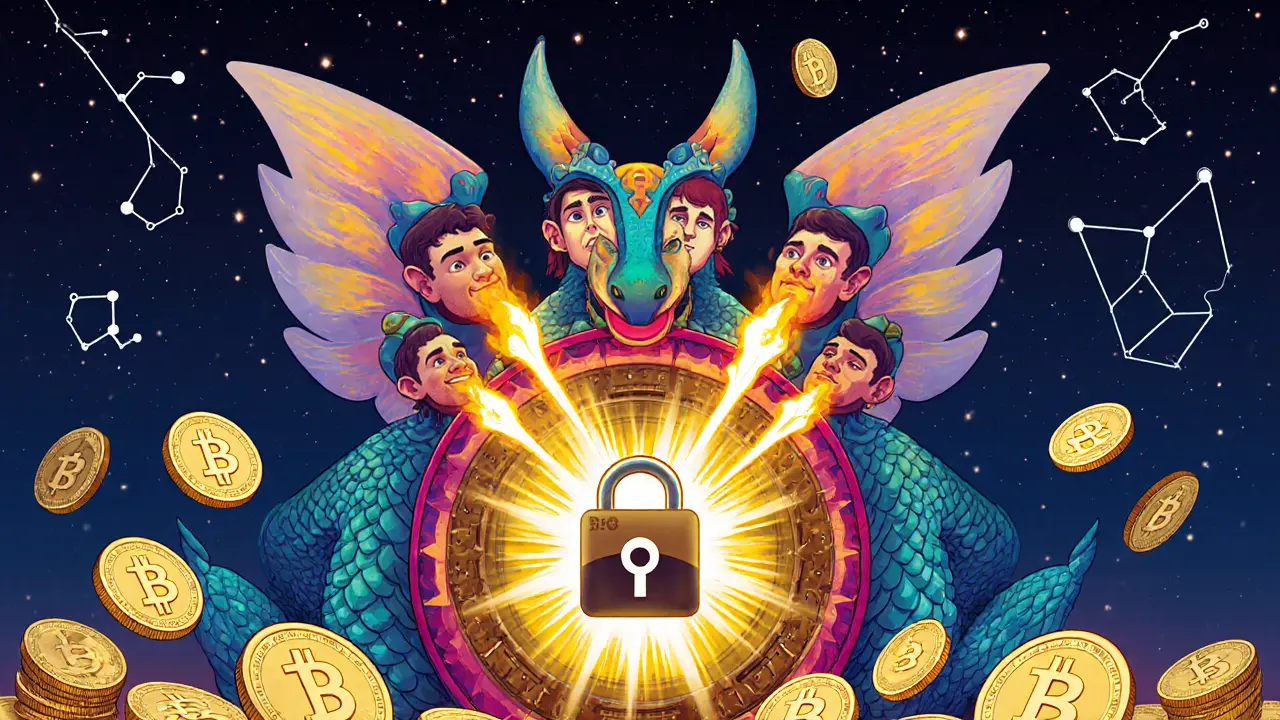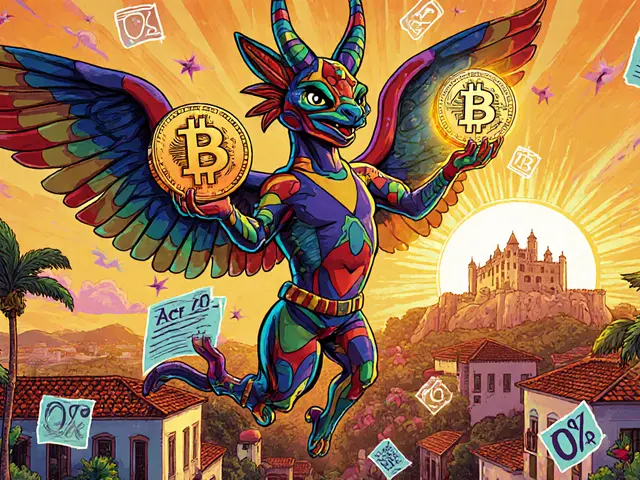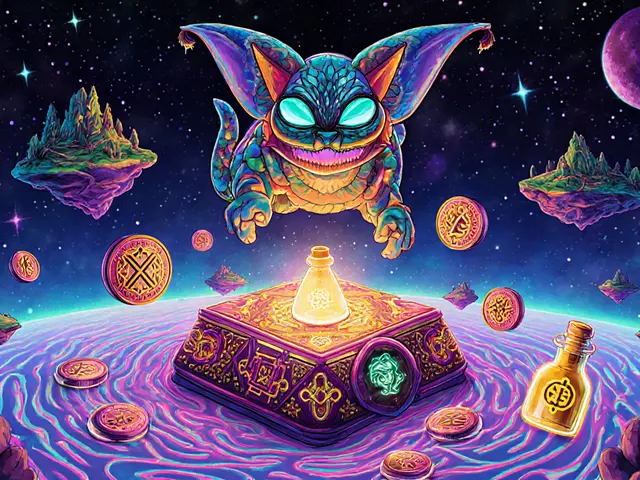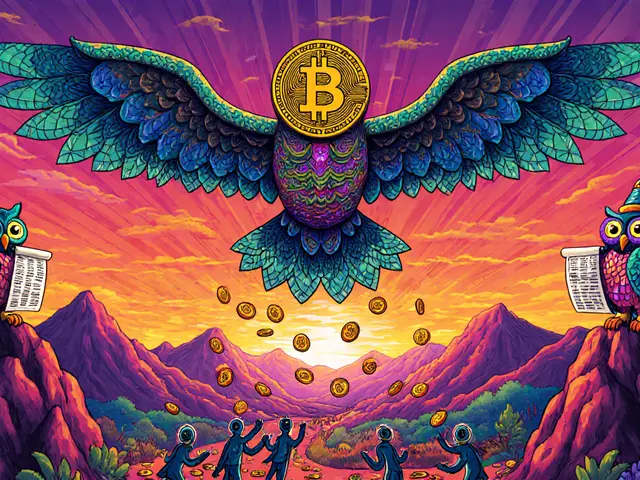Decentralized Treasury: How Crypto Projects Manage Funds Without Banks
When a crypto project raises millions in tokens, it can’t just stash them in a bank account—that defeats the whole point. Instead, smart teams use a decentralized treasury, a blockchain-based fund managed by code and community votes, not by a single CEO or CFO. Also known as a DAO treasury, it holds the project’s entire budget—tokens, ETH, USDC—and decides how to spend it through proposals anyone can submit and vote on. This isn’t just about security. It’s about trust. If you’re holding a token from a project with a transparent treasury, you’re not betting on a person—you’re betting on a system that can’t be shut down or manipulated by one bad actor.
Decentralized treasuries rely on three key things: blockchain governance, the rules encoded in smart contracts that let token holders vote on spending, multisig wallets, accounts requiring multiple keys to move funds, often held by trusted community members, and crypto funds, the actual assets held—usually stablecoins, ETH, or native tokens—used to pay developers, run marketing, or buy liquidity. Without these, a treasury is just a locked wallet with no rules. And history shows what happens then: projects like Franklin (FLY) and BSClaunch (BSL) vanished because their funds were controlled by a few, with no oversight. Meanwhile, healthy treasuries—like those in active DAOs—publish monthly reports, track every spend, and let anyone audit the ledger.
But here’s the catch: a decentralized treasury doesn’t fix bad ideas. If a project has no users, no development, and no clear purpose, even the most transparent fund will run out of money. That’s why you’ll see posts here about dead tokens like DIYAR and WANNA—projects that had treasuries but no real activity. The treasury isn’t the hero. It’s the mirror. It shows whether the project is alive or just pretending. In 2025, smart investors don’t just look at price charts. They check the treasury. Who controls it? How often does it vote? Are funds being used to grow the ecosystem—or just to pay for ads?
Below, you’ll find real-world examples of how treasuries work—or fail. From POAPs proving event participation to MiCA regulations forcing transparency, these posts show how governance, security, and accountability shape the future of crypto finance. No fluff. No hype. Just what’s actually happening with the money behind the tokens you hold.










